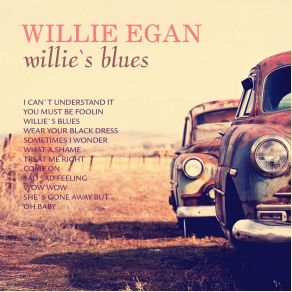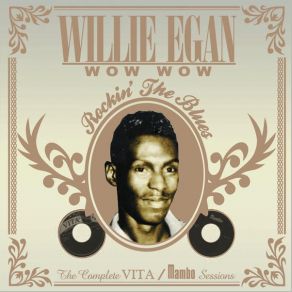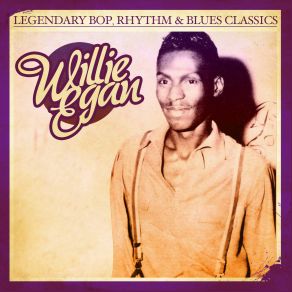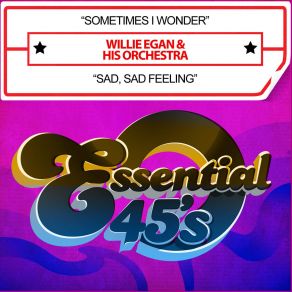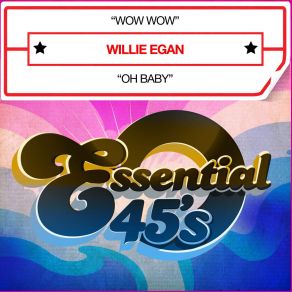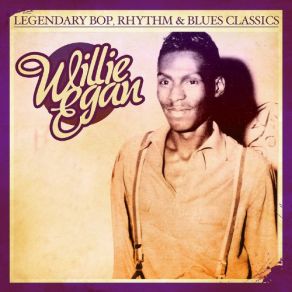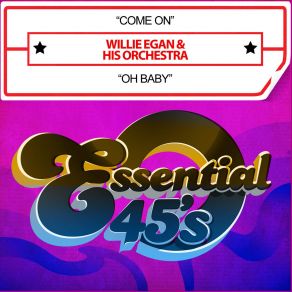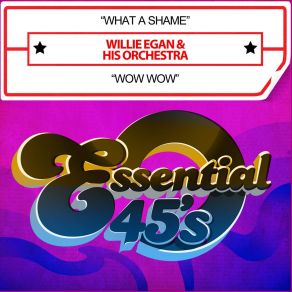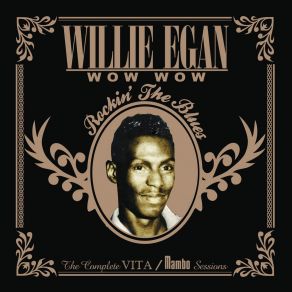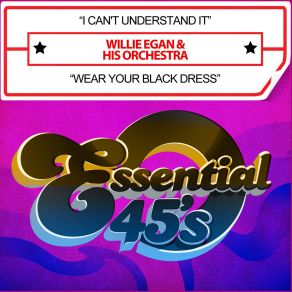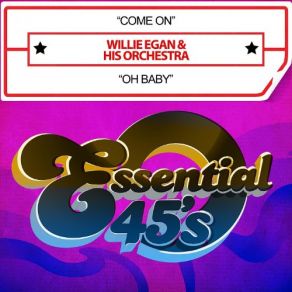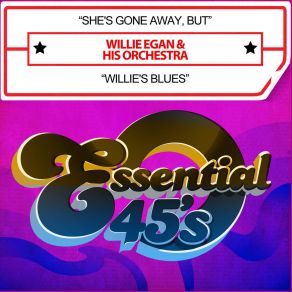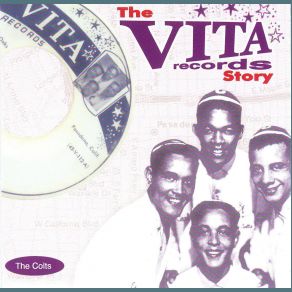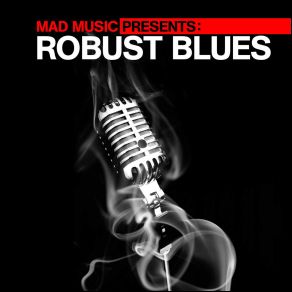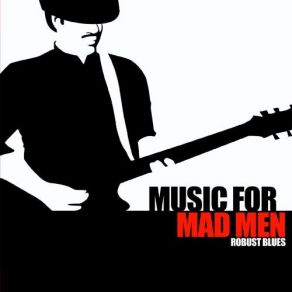Willie Egan
Wikimp3 information about the music of Willie Egan. On our website we have 12 albums and 11 collections of artist Willie Egan. You can find useful information and download songs of this artist. We also know that Willie Egan represents Blues genres.
Biography
[Edit]Rhythm and blues pioneer Willie Egan was born October 1, 1933 in Minden, Louisiana. The product of grinding poverty, his bayou home was so isolated from the rest of civilization that each year, members of the community were forced to forge a path through the swamp just to reach the main road — alligators were a threat as well, with Egan's father losing a hand and his brother sacrificing a foot. When Egan was nine-years-old, his family sent him to live with his grandmother in Los Angeles; there he began playing the piano parked on his uncle's front porch, learning to play by absorbing records by Amos Milburn and Hadda Brooks — in addition, neighbor Arthur Alexander (not the country-soul legend) taught Egan to play boogie by penciling numbers on the keys. In 1949, the 15-year-old signed to J.R. Fullbright's Elko Records to cut his debut record, "It's a Shame" — credited to Little Willie Egans (the modifier was dropped following a subsequent growth spurt), the single generated little interest, and he returned to playing local clubs before getting a second chance in 1955, signing to Larry Mead's Mambo label and teaming with singer/guitarist Lloyd Rowe for "Don't Know Where She Went." The pairing proved short-lived, however, and Egan resumed his solo career, recording "Wow Wow" for Mambo as Willie Eggins and His Orchestra. The single was a hit throughout southern California, and Egan soon re-surfaced with "Sometimes I Wonder" — when Fats Domino complained the song sounded too much like his "Rosemary," Egan countered that both of them sounded like Amos Milburn in the first place. His creative zenith was 1956's "Wear Your Black Dress," a fierce jump blues reminiscent of Ray Charles. The song was inspired by Egan's wife, Beatrice — "Wear Your Black Dress" came about because I almost shot her," he later recalled. "I was sitting at home with a .38 in my lap, waiting for her to come home." After moving to Mead's Vita imprint, he issued the singles "Come On" and "She's Gone Away, But," cutting his last solo effort, "Rock and Roll Fever," in 1958; Egan then teamed with Marvin Phillips in his long-running duo Marvin & Johnny, becoming just the latest in a long line of musical foils. Together Phillips and Egan recorded the lackluster "Baby Baby Baby" in 1958, disappearing on the club circuit before signing to Hunter Hancock's Swingin' label for a pair of 1962 sides, "I'm Tired of Being Alone" and "Second Helping of Cherry Pie." Egan then resumed his solo career, but when he lost his equipment in a nightclub fire, he retired from performing and returned to Los Angeles to work as a hospital orderly. Two decades later, he was subsisting on unemployment when local R&B promoter Steve Brigati tracked him down — believing Egan was now dead, the British label Krazy Kat had compiled his solo singles on an LP, Rock & Roll Fever, and sales were proving remarkably strong throughout Europe. Soon Egan was headlining London's Electric Ballroom, backed by saxophonist Big Jay McNeely, and for Ace Records he cut a new studio LP, 1984's Going Back to Louisiana. After a long bout with cancer, Egan died in Los Angeles on August 5, 2004.
Title: Sometimes I Wonder / Sad, Sad Feeling [Digital 45]
Artist: Willie Egan
Genre: Hip Hop/R&B, Soul, Blues
Title: I Can't Understand It / Wear Your Black Dress [Digital 45]
Artist: Willie Egan
Genre: Hip Hop/R&B, Soul, Blues
Title: She's Gone Away, But / Willie's Blues [Digital 45]
Artist: Willie Egan
Genre: Hip Hop/R&B, Soul, Blues
Collections
Title: Murder In the First Degree
Genre: Blues
Title: Blues In the Eisenhower Era
Genre: Blues
Title: The Vita Records Story
Genre: Hip Hop/R&B, Soul
Title: Mad Music Presents Robust Blues
Genre: Blues
Title: Rockabilly Rhythms
Title: Eisenhower Blues
Genre: Blues
Title: Blues Gold
Genre: Blues, Songwriter/Lyricist
Title: Doo-Wop Classics, Vol. 4 (Vita Records)
Genre: Hip Hop/R&B, Soul, Pop
Title: Greatest R&B Hits of 1954, Vol. 3
Genre: Hip Hop/R&B, Soul, Pop
Title: My Baby Left Me - Songs of Heartache & Betrayal
Genre: Blues
